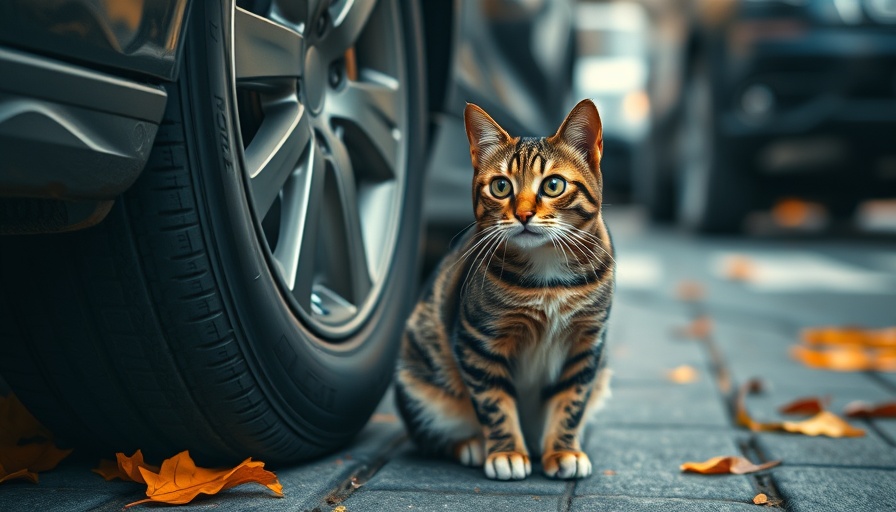
The Art of Building Trust Through Touch
Petting a horse is more than just an enjoyable encounter; it lays the groundwork for a meaningful bond between human and equine. Horses, as prey animals, are particularly sensitive to their environments and interactions. Knowing how to approach and touch a horse can establish trust and ensure safety for both parties. It’s a gentle art that encourages a safe and positive experience.
Understanding the Language of Horses
When interacting with horses, it's crucial to recognize that they communicate through body language and touch just like we do. According to Nicole Birkholzer, an equine communication expert, horses have a unique way of touching each other with intention. “They groom with intention and engage in a meaningful exchange,” she explains. By understanding this aspect of their behavior, we can significantly enhance our interactions.
Five Essential Steps to Petting a Horse
Here are five steps to ensure that both you and the horse have a rewarding experience:
- 1. Avoid the Face: Resist the urge to go for the horse’s face first. As Ginny Telego points out, this can make the horse feel uncomfortable, similar to how one would feel if a stranger approached them directly at the face. Instead, present your palm facing downward, allowing the horse to initiate the contact if they choose.
- 2. Initiate with the Horseman’s Handshake: This gesture invites the horse to sniff your hand. It’s an important part of building rapport. Often, horses will blow on your skin, gathering information about your emotional state.
- 3. Approach with Confidence: Walk toward the horse from the side, not head-on. Start petting at the shoulder or wither area, where horses feel comfortable. Your confident demeanor will help put the horse at ease.
- 4. Verbally Communicate: Horses can be startled easily, so speaking softly as you approach can provide them with a heads-up. This simple act can help make the experience more pleasant.
- 5. Observe Wet Lips and Chews: Look for signs that the horse is comfortable with your presence—licking, chewing, or blowing out their breath indicate that they feel safe.
The Psychological Benefits of Equine Interaction
Petting a horse not only establishes trust but can also be beneficial for our mental well-being. Equine therapy has gained popularity due to its positive effects on anxiety and stress. The simple act of interacting with a horse promotes calmness, improves mood, and creates a profound sense of connection. It’s a reminder that these majestic creatures can offer us much more than enjoyment; they can provide solace.
Common Myths About Horse Interaction
Many people believe that horses are inherently aggressive or unfriendly animals, but this couldn’t be further from the truth. Most horses thrive on companionship and affection and can become deeply bonded with humans. Understanding their behavior can redefine how we view indulgent horse interaction.
Preparing for a Safe Interaction
In the preparation phase, ensure that both you and the horse are at ease. Remove any distractions, keep noise levels down, and, most importantly, approach a horse that is calm and relaxed. It’s imperative to be aware of your surroundings as sudden movements or loud noises can startle the horse.
When you understand how to pet a horse correctly, it becomes a joyful experience that strengthens the bond between you and this beautiful animal. Whether you are in a pasture or at a riding school, these methods can turn a simple interaction into a heartwarming connection. So the next time you meet a horse, remember these tips, and embark on a rewarding journey of affection and understanding.
Call to Action: Connect With Local Equine Therapy Programs
If you’re interested in deepening your understanding of equine communication and the benefits of horse interaction, consider exploring local equine therapy programs. Connecting with professionals can offer you invaluable insights into the world of horses and how they can enrich our lives.
 Add Row
Add Row  Add
Add 


Write A Comment